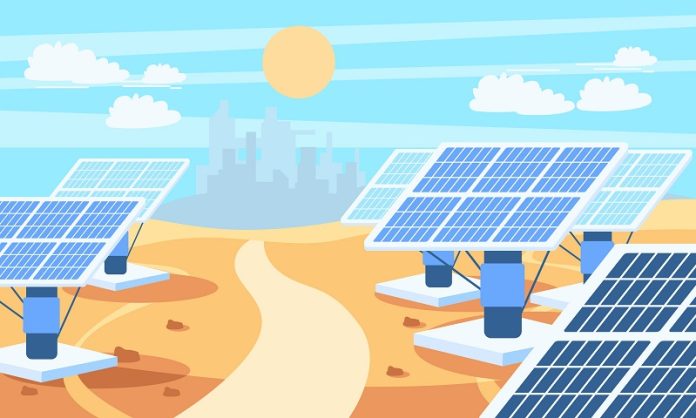
Finding better materials to make solar panels more efficient is a major goal for scientists around the world.
But discovering those materials takes time—especially because it’s a slow process to measure key properties of new substances by hand.
Now, researchers at MIT have built a robotic system that could dramatically speed things up.
This new system is fully autonomous, meaning it works on its own without needing constant human help. It uses a robotic probe to measure a property called photoconductivity, which tells scientists how well a material responds to light by generating electricity.
That’s one of the most important traits for solar panel materials.
Until now, measuring it required carefully placing a probe onto a material, shining a light, and recording the electrical response—a process that can be slow and repetitive.
Led by MIT Professor Tonio Buonassisi and graduate student Alexander Siemenn, the team created a robot that can do this job faster and more accurately.
During a full 24-hour test, the robot collected more than 3,000 unique measurements—over 125 per hour—with greater reliability than older methods using artificial intelligence.
To do this, the team combined expertise in materials science, robotics, and machine learning. First, the robot uses a built-in camera to take a picture of a sample material slide, which often contains printed versions of materials called perovskites.
These are promising semiconductors used in solar panels, but each sample can look very different—some are shaped like dots, others like blobs or jellybeans.
Next, the robot divides the image into sections and sends that information to a computer model. This model was trained not just with data, but also with the knowledge of expert chemists and materials scientists.
It helps the robot figure out the best places to touch the material with its probe to collect the most useful information. Then, a smart planning system calculates the shortest and fastest path for the robot’s arm to move from one point to the next.
This system is special because it doesn’t need a big dataset of labeled training examples—it learns on its own through a process called self-supervised learning. And the researchers discovered that by adding just a little randomness to the algorithm, the robot could find even faster and more efficient paths.
When the team tested their system, they found that it outperformed seven other AI-based methods in both speed and accuracy.
Once all the parts were working together, the robot didn’t just gather data quickly—it also provided incredibly detailed insights. For example, it could detect “hotspots” in a sample where the material performed better, as well as spots where it started to degrade.
This kind of fast, detailed measurement is essential for discovering the next generation of solar materials. By removing the need for slow manual testing, scientists could try out many more material combinations in a short time, leading to faster breakthroughs in sustainable energy technology.
The team hopes to keep building on this success by developing a fully autonomous lab, where robots like this one can search for new high-performance semiconductors without needing constant human oversight.
This could be a game-changer in the race to create better, more affordable solar panels for the future.
Source: MIT.



